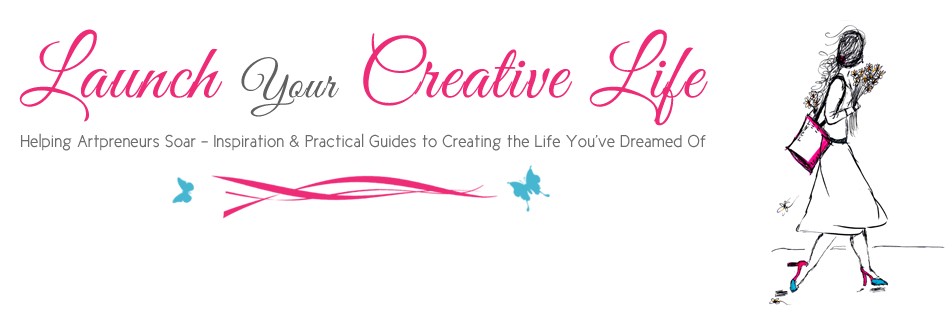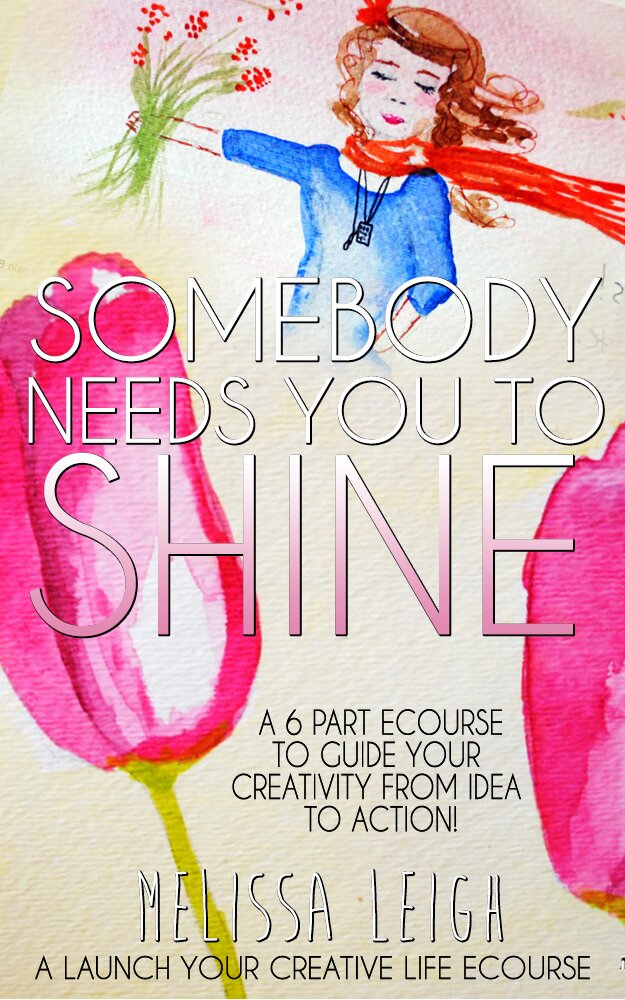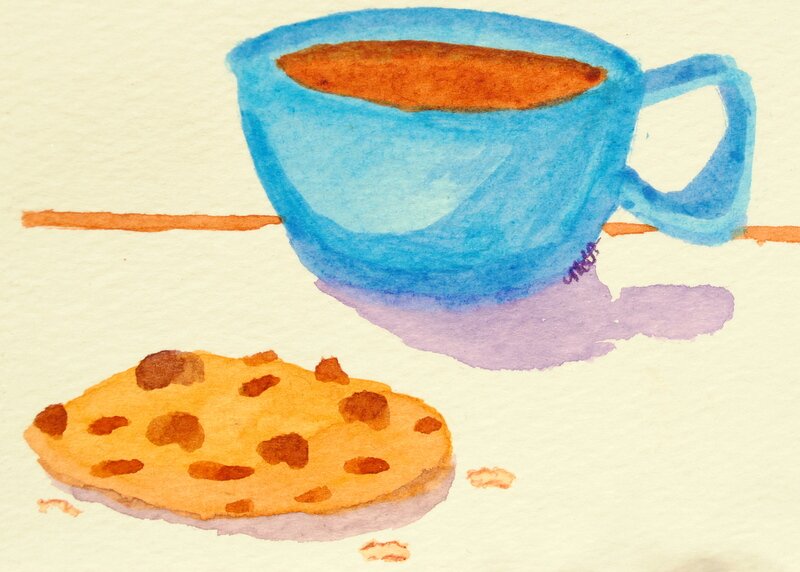
In the newsletter for my baking site, I'll include links to articles readers might have missed.
If you've been in the art business for any amount of time, you've heard someone say, "you need a list."
Maybe you've heard that a lot- either starting or during your journey into the art world. But for whatever reason, your situation falls into one of the following categories
- no list
- there is a stack of names somewhere in your MailChimp account or lying on pieces of paper on your desk
- there's a list and they get mail seasonally or semi-regularly
An artists' list is a valuable tool. Essentially a name on the list is a person stating they want you to contact them. They have shared a bit of themselves- in this case, their personal email or home address with you- and they are inviting you to contact them.
If you stood on a platform, took a loudspeaker and said to the passing crowd, "who likes my art a lot and wants to see more of it," these are the people who would raise their hands.
Now, in that light, don't you want to treat this group a little differently than all the people who come across your blog, pass by your booth at art shows or glance at your Etsy site?
Me too.
There are a number of ways artists can use a list is useful to the people on the list and themselves.
1. Build relationships; don't try to sell.
There is a time for everything. Certainly there will be a time to share deals and special and sales with your interested clients (after all, they signed up because they want to see more of your art!)
But....Don't contact your list only when you want to sell them something. Find other reasons you can give something to your readers.
The founder of Cooking Illustrated, Christopher Kimball, writes a personal email letter each month that is reminiscent of letters my grandma used to send me, informative and personal. Mr. Kimball shares bits of life on a farm in Vermont. He adds a parable style story to the end of each letter that inevitably was told to him by a Vermont farmer. The letters are quaint and pleasant, like catching up with a distant cousin or a long lost friend. During the rest of the month I receive other eNewsletters from Cook's Illustrated: they share recipes and the latest news from their test kitchen. And every once in a while, they advertise their online cooking school and the latest in their cookbook series.
2. Give something to your readers.
It takes a little while to get to know your readers. Perhaps there is a common connection such as travel, community events or seasonal changes your readers may enjoy. In What I Learned about Direct Marketing from Grandma, I share how Grandma used to send postcards with Grandpa's latest collection on the front. The sneak peak of the collection was printed with high resolution ink and the images were very sharp. We kept them to look at when Grandma mailed them to us- they were that pretty. His collections reflected where he traveled the previous year. Many of his clients were avid travelers themselves and the postcards gave them something to talk to Grandpa about.
Keep in mind many people view artists as different and unusual in a special kind of way. Your work may seem common place to you as you struggle with composing the next painting, writing the song, or working out your business plan. But few people make a living from artistic endeavors, and these efforts are looked at as a kind of mystery.
Your newsletter can be a place where you share "a glimpse from the artist's studio." Pick one aspect of your life that influences your life- be it the work in the kitchen, the garden or a series of watercolor sketches and talk (briefly) about these things in your newsletters.
3. Do announce shows and events in newsletters.
How early is too early to announce a show or event? Probably a few months before you think you should start promoting! We can build anticipation for an event or show by sharing plans and including a link to events page on the website. I talk about my upcoming books in my eNewsletter. It keeps people informed of what I'm doing. Some people will respond with questions and these are the individuals who I know are really interested in what I'm doing. These people are the ones who buy products, review products and are enthusiastic to help.
Build these relationships. Enjoy the interactions.
4. Let the readers get to know you. Tell stories. Encourage. Motivate.
Most of us became artists because we have a story to tell.
So tell your story. Share the parts of your life journey you think others would benefit from. Inspire. Help. Share.
5. Share affiliate information.
Are you aware of special promotions or deals you think your readers would like to know about? Do you support other artists, products or services your readers would benefit from? Share affiliate deals and information.
How often? Everything is relative. If you send out a weekly eNewsletter, one promotional letter a month is o.k. Remember, the rule of thumb is this: if you believe the product or service you are promoting is helpful (you use it and love it!), then go for it.
5. Do share new pieces and sell your art via the list. The money really is in the list.
I think that statement sounds like the godfather- in fact I really want to come up with a different saying.
But it is true. People on the lists are the fans, the ones who already like you. The newsletter is your opportunity to interact with them and nurture the artist-client relationship.
So many things in life are all about relationships.
The people who are on your list represent your biggest supporters: the people who will be the first ones to step up and buy from you. When it is time to release your art, tell your list first. Remember, they gave you their email and personal information. Honor the trust by ensuring they get (at least) a first peak at anything.
6. The time to start is now.
All we have is today. No regrets about what we did or didn't do yesterday, last month or last year. Every day we are learning and growing. This is a very organic process.
If you have a list but haven't done anything, send a brief email of re-introduction.
Make it casual. Remind them that they signed up to receive updates. Use it as a way to introduce a new aspect of your art. Share the things you are working on.
What creative ways have you used an print or e-newsletter to interact and grow your art business?




Leave a Comment